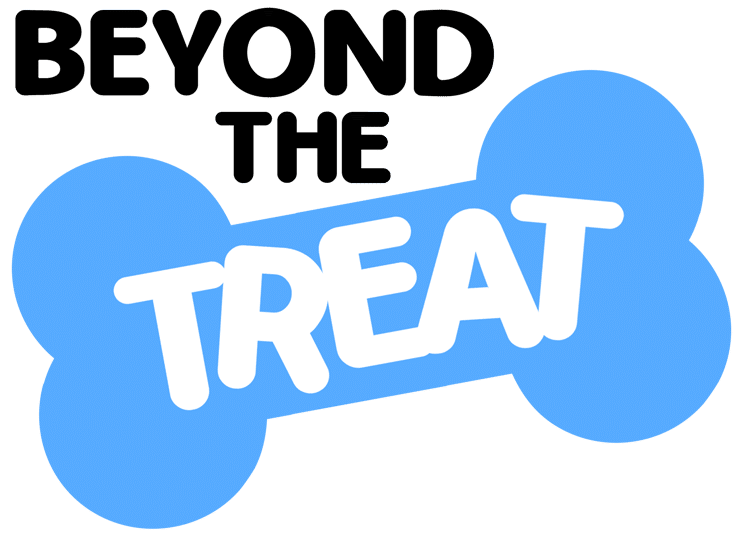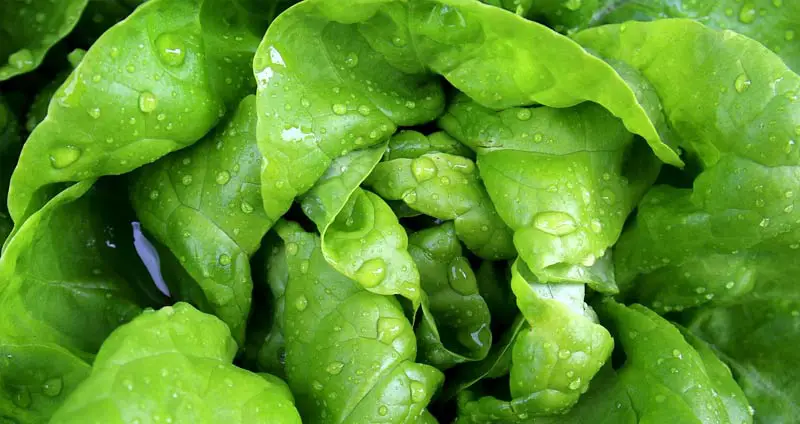Lettuce is a staple vegetable for many different people, and it’s clear why that is! This leafy green, specifically romaine lettuce, is packed with nutrients such as fiber, manganese, potassium, iron, biotin, copper, and vitamins B1 and C.
Because it’s so healthy, you may be rightfully wondering: Can hamsters eat lettuce?
Table of Contents
Can Hamsters Eat Lettuce?
Due to a hamster’s fine-tuned digestive system, you can feed your hamster lettuce, but only certain kinds in small amounts. Lettuce contains a lot of water, so excess consumption can result in quite a few health problems in your hamster. As an occasional snack, though, some lettuce is safe.
What Do Hamsters Eat In The Wild?
In order to better understand why lettuce doesn’t make for the best hamster snack, it helps to know what they eat in the wild. Hamster have been roaming free throughout Romania, Syria, Greece, China, and Belgium for thousands of years.
During this time, they’ve eaten roughly the same kind of food, and their digestive systems have adapted to more efficiently process this food.
So, it’s very important that your hamster gets a diet that resembles what they’d eat in the wild — their bodies are designed to get energy from certain kinds of foods! Sticking to their natural diet is a great way to ensure your hamster’s health.
Hamsters are classified as omnivores, but their diet is very similar to the diet of a standard herbivore. So, hamsters are able to eat a wide variety of different foods to get their essential nutrients, with plant matter making up the bulk of their diet.
Due to this, you commonly see hamsters eating a mixed diet primarily consisting of seeds, nuts, grains, and the occasional fruit and vegetable.
The feeding pattern of hamsters is hectic, as they scavenge around for their food and eat whatever they can find. As for specific foods, it varies depending on the region that a wild hamster is located.
However, all hamsters do stick to the same general groups of foods. The most common staple foods of a hamster’s diet are grains, seeds, nuts, cracked corn, vegetables, fruits, insects, frogs, and lizards.
Health Benefits & Dangers Of Lettuce
After looking at the diet of a wild hamster, it may seem obvious that they should be able to eat lettuce. Although they don’t have much access to lettuce specifically, they frequently eat other vegetables that have similar properties.
However, “similar properties” doesn’t matter when there’s just one property that primarily makes lettuce unhealthy.
Analyzing a wild hamster’s diet, you may notice that it’s actually quite dry. Not a lot of foods that are eaten by hamsters contain a lot of water. Hamsters normally drink between 10-20 milliliters of water per day, which is an amount that can easily be surpassed with the consumption of a few watery fruits and vegetables. Unfortunately, lettuce is a very watery vegetable.
When hamsters consume a lot of water in a day, a few complications can occur. The sodium and electrolytes in a hamster’s body can become diluted with too much water intake, robbing hamsters of essential nutrients and resulting in hyponatremia.
This can result in some serious health effects such as bladder problems, gastritis, and kidney and liver infections. Additionally, excess water can result in diarrhea, which itself can cause dehydration and serious intestinal distress
Despite those downsides, some lettuce still does make for a tasty, occasional snack. Hamsters love the taste of lettuce, and the texture isn’t something that they experience with many other foods.
Additionally, lettuce does contain some great nutrients that hamsters can benefit from, albeit not immensely.
How To Properly Feed Your Hamster Lettuce
The reason why hamsters can’t eat lettuce frequently is because of the high water content. Hamsters don’t consume much water throughout the day, so lettuce can increase their water consumption past a health point.
Therefore, lettuce must be fed as a very occasional snack with careful consideration.
As far as the frequency of feeding goes, generally a small piece given 2-3 times a week is a safe amount. A “small piece” of lettuce would be a piece about the size of a hamster’s head.
More or less lettuce can be fed to your hamster, though, depending on what their other food intake looks like. It’s up to you to make sure your hamster’s dietary needs are being met.
It’s also very important that you never feed your hamster iceberg lettuce. Iceberg lettuce is much too high in water while lacking any real nutrients. If you do want to feed your hamster lettuce, you need to feed them romaine lettuce.
Now, if you do want to feed your hamster lettuce, you first need to make sure that their dietary needs are being met. Lettuce does contain some great nutrients, but it should absolutely not be fed as a staple of your hamster’s diet.
Therefore, you need to ensure that your hamster is being getting the bulk of their nutrition from an alternate source — preferably one that’s formulated especially for hamsters.
Every hamster should have a high-quality pellet or mixed food as their primary food source. These pellets and mixes are crafted to perfectly meet the dietary needs of a hamster, so they’re considered one of the best things that your hamster can eat.
Not only do they taste great, but they promote good dental health and don’t fill your hamster up on filler ingredients or things that they don’t need.
Better Fruits & Vegetables For Hamsters
Lettuce, when fed occasionally, isn’t a terrible hamster snack by any means. Small amounts of romaine can be very tasty and actually provide hamsters with some nutrients that they need to live.
However, there are much better fruits and vegetables that you could be feeding your hamster. Below are some of the most popular and well-liked of those fruits and veggies.
- Apples (without seeds)
- Bananas
- Broccoli
- Carrots
- Cauliflower
- Cucumber
- Strawberries
- Parsley
Good Treat Alternatives For Hamsters
Fruits and vegetables, even lettuce, makes for a great snack for hamsters. In fact, you need to supplement your hamster’s diet with an assortment of fruits and vegetables. They can’t be fed too frequently and in large amounts, but they should be fed nonetheless.
However, if you don’t want to be feeding your hamster too many greens, there are some excellent hamster treats available that you could feed them. Below are two of our favorite treats.
OUR RECOMMENDATION
Supreme Tiny Friends Farm Lovelies Treats
These treats are, understandably, some of the most popular and well-liked treats among hamster owners.
They’re made with a handful of natural, healthy ingredients that hamsters absolutely love.
Just 2-3 of these treats given a week is enough to supplement your hamster’s diet and keep them happy.
OUR RECOMMENDATION
Brown’s Tropical Carnival Natural Select
Standard hamster treats are great, but so are seed mixes, and this is one of the best available.
Seed mixes mimic a hamster’s natural diet, and this one contains great seeds like pumpkin and sunflower.
2-3 seeds a day is a great way to supplement a diet, keep things interesting, and promote dental health.



